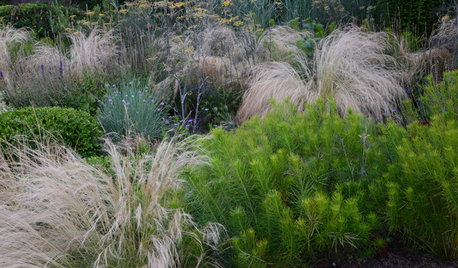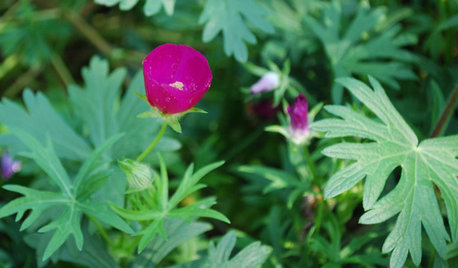I know very little about growing trees, less about growing trees in containers, and virtually nothing about how to develop a good root structure for a containerized tree.
I'm growing M. koenigii (aka curry leaf tree, a member of the citrus family) from seed.
I've had good luck with this project so far, despite a dearth of reliable information easily available in the US about this plant.
My seedlings now range from about 2" to about 5" tall. Some seeds actually sprouted multiple, separate seedlings. I'm not sure how THAT works! I got anywhere from 1 to 3 separate seedlings from each seed. I separated them at pot-up. Some of the multiples were already dying out due to competition, but many of the multiples have survived separation just fine. Next time I will repot multiples earlier and see if I can save more of the multiples.
M. koenigii has a taproot when grown in its natural habitat, which is tropical with plenty of water. Think India. Think monsoons. It does not transplant well once established outdoors because of the tap root.
I got it into my head that encouraging tap root development would be a GOOD thing, and I have apparently been successful in that regard from what I saw during pot-up.
However it has occurred to me that since these plants will be containerized for their entire lives - which is doable and has been done in this country - perhaps facilitating tap root development was not my best choice ever. Instead I am now thinking that I should be encouraging development of a fibrous root system.
In their natural state, curry leaf tree gets anywhere from 6' to 18' tall. When grown in containers, the examples I have seen tend to be somewhat spindly and weak - partly due to insufficient lighting at germination and over winter, but partly, I believe, because the root systems tend not to develop a fibrous structure. This is natural for them, and not an issue when they are planted outdoors with plenty of room - but problematic for a containerized plant, I believe.
They are currently in 4" square Coex pots that are about 5.5" deep. Tap roots were slightly longer than top growth when they were transplanted 2 or 3 weeks ago. My guess is that ratio is probably still about the same, post transplant. They are currently much stockier than plants of the same size which I have bought in the past from nurseries. So far, so good - but I'd like to do better.
Next time I do this I will probably try Rootmakers and see if that helps - but what, if anything, can I do for the current batch to help them develop a more fibrous root system?
I suspect less intrusive methods will have better success than more intrusive methods (hence my thought to give Rootmakers a go), but I have enough of them that I can try several different approaches without too much worry about losing ALL of them - so I'm open to suggestions.
Thanks.














ken_adrian Adrian MI cold Z5
PyewacketOriginal Author
Related Professionals
Owings Mills Landscape Architects & Landscape Designers · Brookside Landscape Contractors · Camp Verde Landscape Contractors · Lake Zurich Landscape Contractors · West Covina Landscape Contractors · Lenoir Siding & Exteriors · Somersworth Siding & Exteriors · North Highlands Siding & Exteriors · Alvin Decks, Patios & Outdoor Enclosures · Boise Decks, Patios & Outdoor Enclosures · Fort Pierce Decks, Patios & Outdoor Enclosures · Gladstone Decks, Patios & Outdoor Enclosures · Hobart Decks, Patios & Outdoor Enclosures · Mitchellville Decks, Patios & Outdoor Enclosures · Verde Village Decks, Patios & Outdoor Enclosuresken_adrian Adrian MI cold Z5
lucky_p
sam_md
lucky_p
sam_md
lucky_p
j0nd03
ken_adrian Adrian MI cold Z5
j0nd03
sam_md
sam_md
RugbyHukr
mikebotann
poaky1